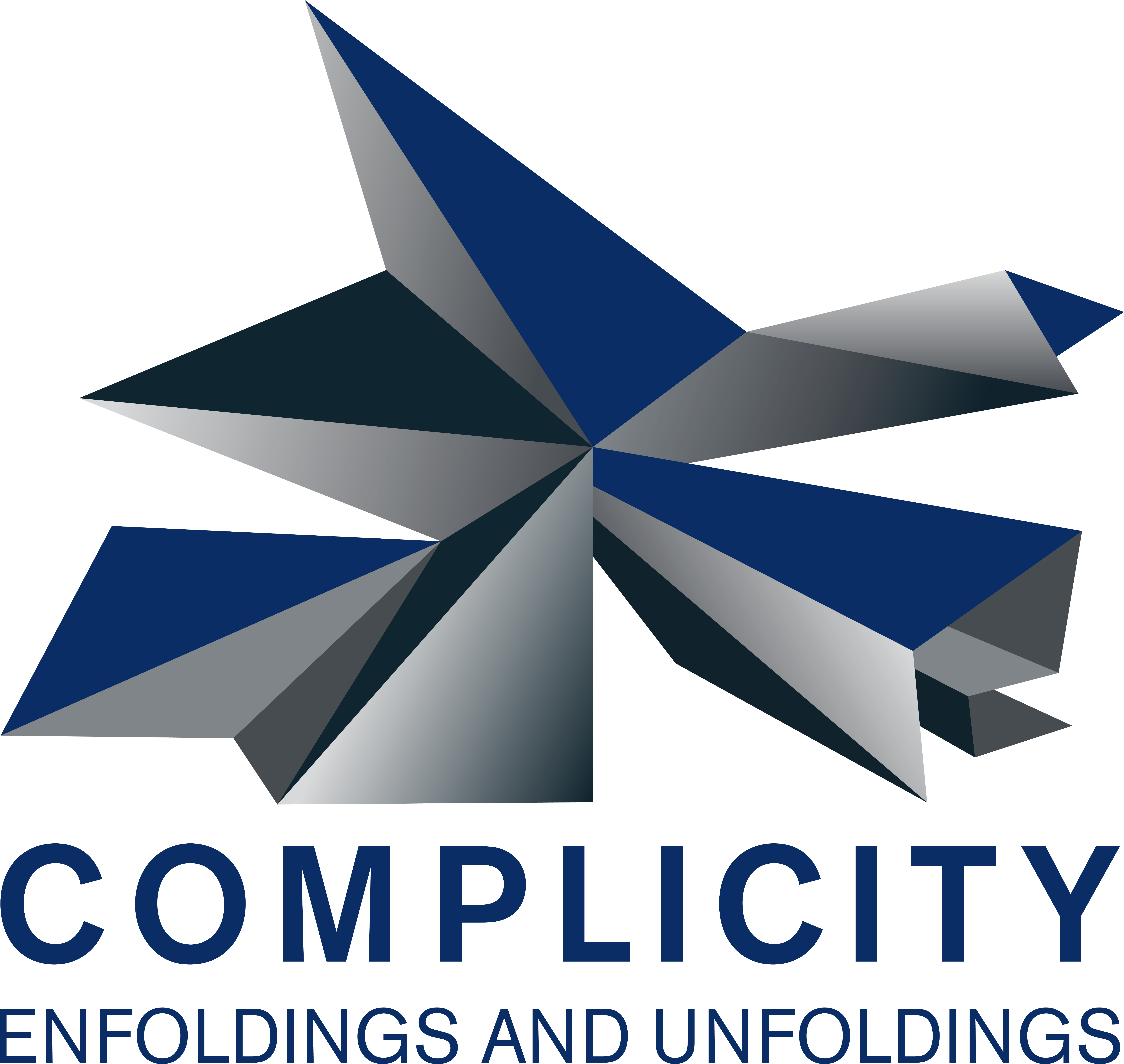(Ruhr-University Paderborn)
“’Skin in the Game’: Complicity and (Queer) Affect”
This project examines (mainly queer) ecocritical narratives in different media through the combined prisms of affective ecocriticism, queer ecologies and current complicity research to explore these narratives’ potential to render visible affective entanglements of complicity with the causes of anthropogenic climate change and their vision and promotion of alternatives. I maintain that, especially when it comes to global warming, the study of complicity can be valuably supplemented with queer theory.
Thomas Docherty proposes to distinguish complicity, as the attribution of moral wrong, from the morally neutral compliance on which social collectives need to rely.[1] Complicity in this sense is a matter of collective orientation. Compliance turns into complicity when the collective direction leads to harm. This project is, firstly, concerned with structural analogies to what Sara Ahmed calls “straightening devices”:[2] strategies of enfolding which, not least of all via the manipulation of affects, induce individuals to stay in line with the collective direction. Particular emphasis will be placed on the embodied dimension of following or digressing from the collective line and its implications for the study of complicity.
Docherty, moreover, suggests that an expanded sense of responsibility and the desire for alternatives to TINA can be achieved by raising awareness of the fact that people, often literally, have ‘skin in the game’; they have something to lose or their lives may even be at stake.[3] This recognition, by necessity, has always been at the heart of queer studies. Queer temporalities, in particular, are of critical relevance for the study of complicities with the causes of anthropogenic climate change and means of resisting it, considering how many people already have ‘skin in the game’ in consequence of a changing climate and how unevenly such vulnerabilities are distributed.
I moreover argue that, in order to comprehend more fully how we come to be complicit and are induced to remain complicit, we need to take account of the fact that having ‘skin in the game’ may be the reason for becoming complicit in the first place – both in terms of situations of precarity in which alternatives appear impossible and in terms of a collective orientation that has become embodied – that has inscribed itself into the skin and may thus render an unfolding out of complicity all the more challenging. In the words of Sarah Ahmed and Jackie Stacey, “‘thinking through the skin’ […] engenders a way of thinking that attends to the forms and folds of living skin at the same time as it takes the shape of such skin, as it forms and re-forms, unfolds and refolds”.[4]
My project deploys ecocritical narratives as epistemological tools which can serve to a) help us understand the affective processes of keeping moral agents ‘on the complicit line’, e.g. by promoting notions of the ‘good life’ that rely upon capitalist growth logic; b) draw attention to the embodied aspects of complicity, which frequently run counter to conviction or even moral agents’ own best interest; such texts can c) probe the ‘queering’ of temporalities in the Anthropocene and ensuing affective inhibitors of anti-complicity, such as “Anthropocene anxiety” – “an affect specifically concerned with inaction in the face of and worry about global socioecological change […]” (Merola 2018, 17);[5] they can d) map out where a collective is headed by presenting dystopian visions of the consequences of our collective orientations and largely unacknowledged complicities and/or (and often folded into one another) present utopian visions of assuming collective responsibility, thus promoting what Storey terms ‘radical unfoldings’.[6]
[1] Docherty, Thomas. 2016. Complicity: Criticism Between Collaboration and Commitment. London and New York: Rowman & Littlefield International. 10.
[2] Ahmed, Sara. 2006. Queer Phenomenology. Durham and London: Duke University Press. 65.
[3] 2016, 54.
[4] Ahmed, Sara, and Jackie Stacey. 2003. ‘Introduction: Dermographies’. In Thinking Through the Skin., edited by Sara Ahmed and Jackie Stacey, 1–17. London, New York: Routledge. 1.
[5] Merola, Nicole M. 2018. ‘“What Do We Do but Keep Breathing as Best We Can This / Minute Atmosphere”: Juliana Spahr and Anthropocene Anxiety’. In Affective Ecocriticsm: Emotion, Embodiment, Environment, edited by Kyle A. Bladow and Jennifer K. Ladino, 25–49. Lincoln: University of Nebraska Press.
[6] Storey, John. 2019. ‘A Radical Unfolding: Utopianism against Complicity’. In Complicity and the Politics of Representation, edited by Cornelia Wächter and Robert Wirth, 107–20. Lanham, Maryland: Rowman & Littlefield International.
